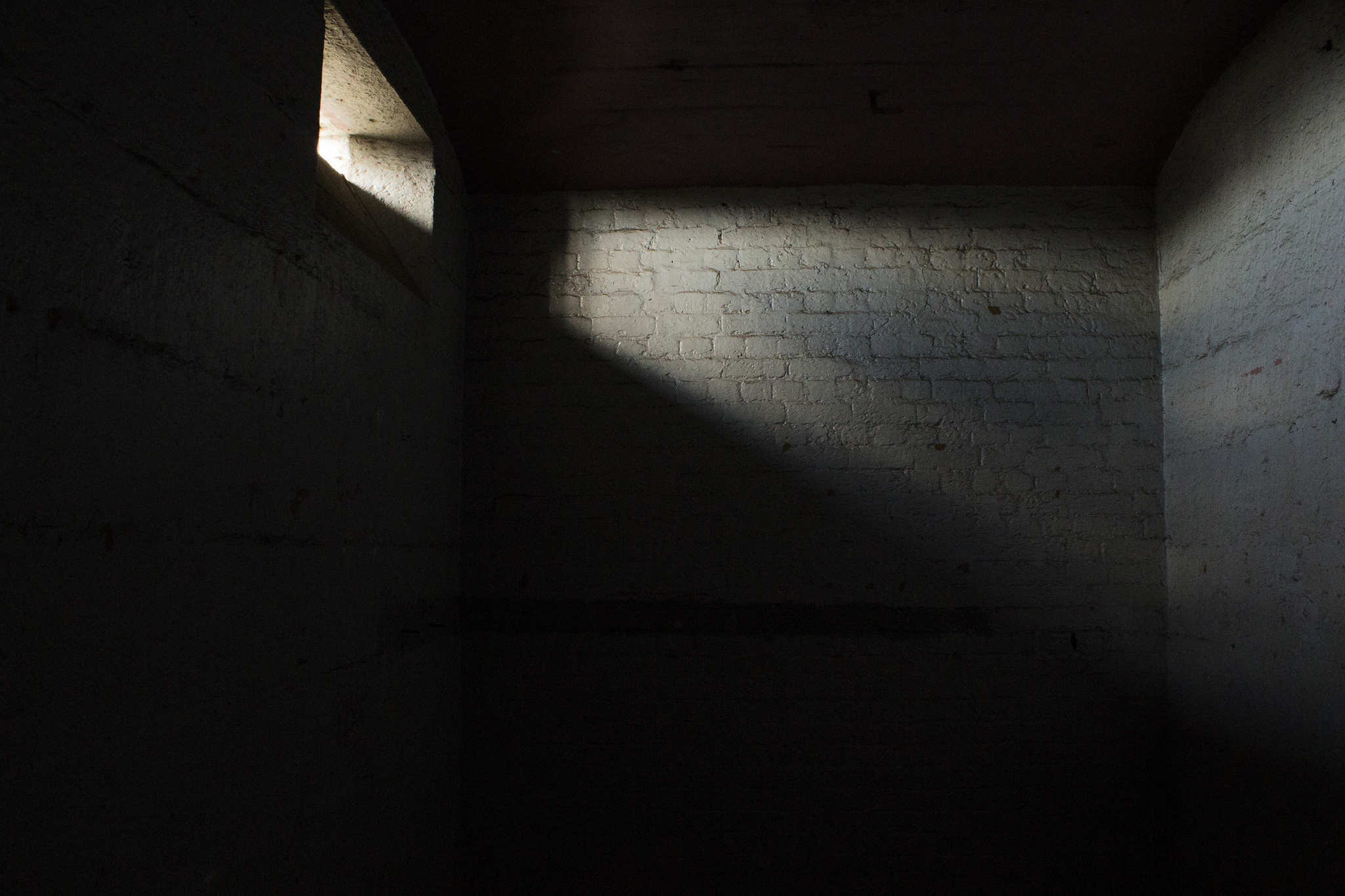Originally published at MintPress News.
RALEIGH, North Carolina — Half as many prisoners in North Carolina face solitary confinement, thanks to dedicated efforts to cut back on the controversial practice often equated with torture.
“Last spring, roughly 5,330 of the state’s 38,000 prisoners – 1 in 7 – were segregated from other inmates on any given day,” wrote Taylor Knopf on May 26 in the News & Observer. “By this month, that number had been reduced to 2,540.”
Contrary to the idea that solitary confinement helps control dangerous inmates, Knopf noted: “State prison officials say solitary confinement is not working and doesn’t lead to positive behavioral change.”
“We are changing the culture” in prisons, said David Guice, the state’s prison commissioner, in an interview with Knopf. Other states saw reductions in violence against guards after limiting “heavy” use of solitary confinement, Guice said, expressing his hope that North Carolina would see similar results.
Solitary confinement also has a markedly harmful effect on the mentally ill. “The shortage of community mental health funds and services has landed many of North Carolina’s mentally ill population in jails and prisons, many of whom have been kept in solitary confinement,” reported Knopf.
Solitary confinement is widely used in U.S. prisons and jails despite widespread criticism of the practice.United Nations experts have frequently raised the alarm about its use. In 2011, Juan E. Mendez, the U.N. special rapporteur on torture, reported that long-term use of solitary confinement, especially beyond 15 days, should be considered torture. Despite this, prisoners in the U.S. routinely spend months, years, or in some rare cases, decades, in solitary confinement.
In 2012, Chris McBride, an inmate in North Carolina’s Central Prison, described “what life is like in solitary confinement” in a letter to Indy Week:
Solitary confinement is hell. I agree with the public—it is a form of torture. It is a tiny cell about 6 feet by 8 feet. It has a steel toilet, with a sink built in the top. There is a steel bed, with an extremely thin mattress. There is a small shelf to put your things, and a very small little desk hanging off the wall, but no chair. There is a window, that is about 5 inches wide and about 4 feet tall, but you can’t see out of it. It’s fog/clouded glass. Plus it’s covered by steel with little holes in it. The door window is the same. The light stays on 24 hours a day. At 11 p.m.–6 a.m., a smaller light comes on but it’s still bright.
When he wrote the letter, McBride had spent six months in solitary confinement for infractions against the prison rules, and was facing another six months of the same. Inmates, he wrote, were barely allowed out of their tiny cells:
We are in this cell 23 hours a day. We are allowed to come out for recreation five times a week for one hour. The rec is a cage. They just stick us in a little cage and we can walk around. That’s it. We are only allowed to take three showers a week. Only three! And we can only take 5 minutes. If we are lucky, we get 10 minutes.
… Out of the 168 hours in a week, we are out of our cell 6 hours. If that ain’t a form of torture, I don’t know what is.
While North Carolina prison officials claim they want to put an end to the practice, they’re also demanding more money to do so. Guice is seeking funding for new housing, classrooms and treatment facilities for inmates.
“I have nowhere near the funding level that I need,” Guice told News & Observer. “I mean millions short.”
According to Knopf, “During the last legislative session, prison officials asked for $24 million over two years to improve the care of prisoners with mental illness. State lawmakers provided $12 million.”
